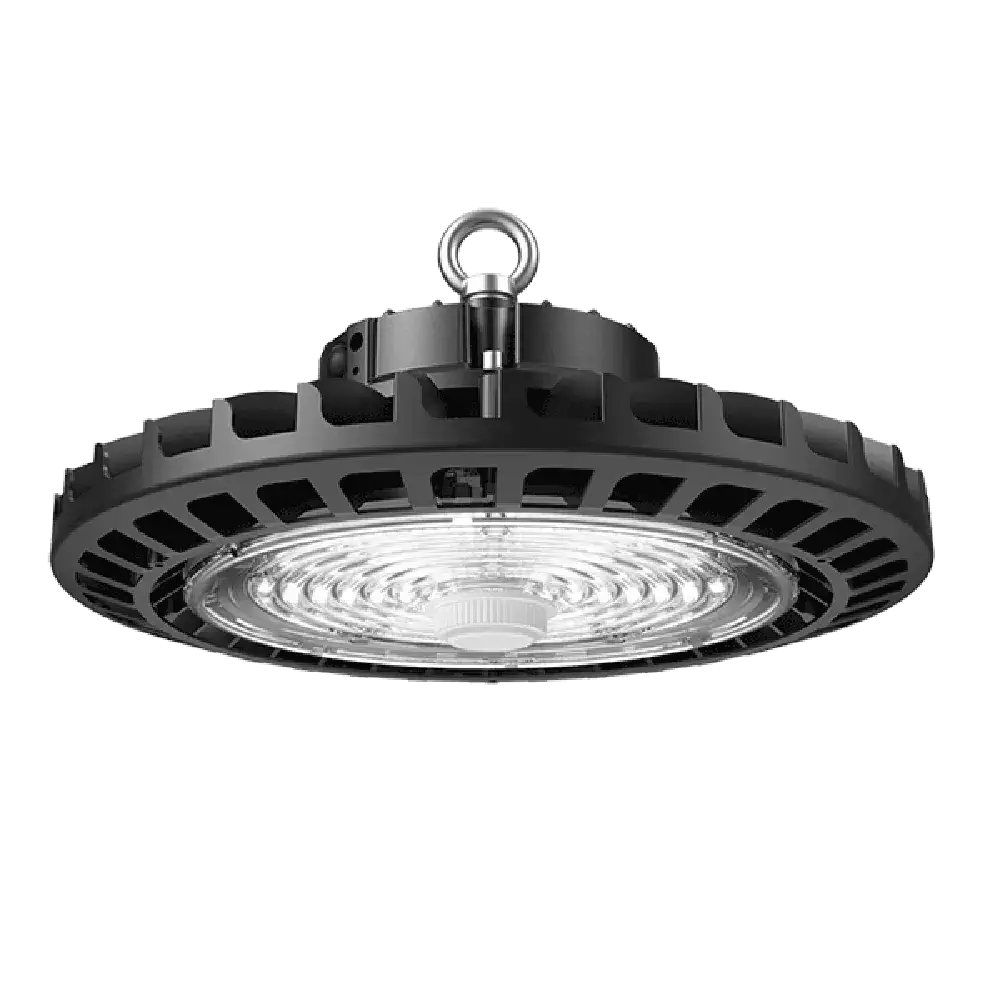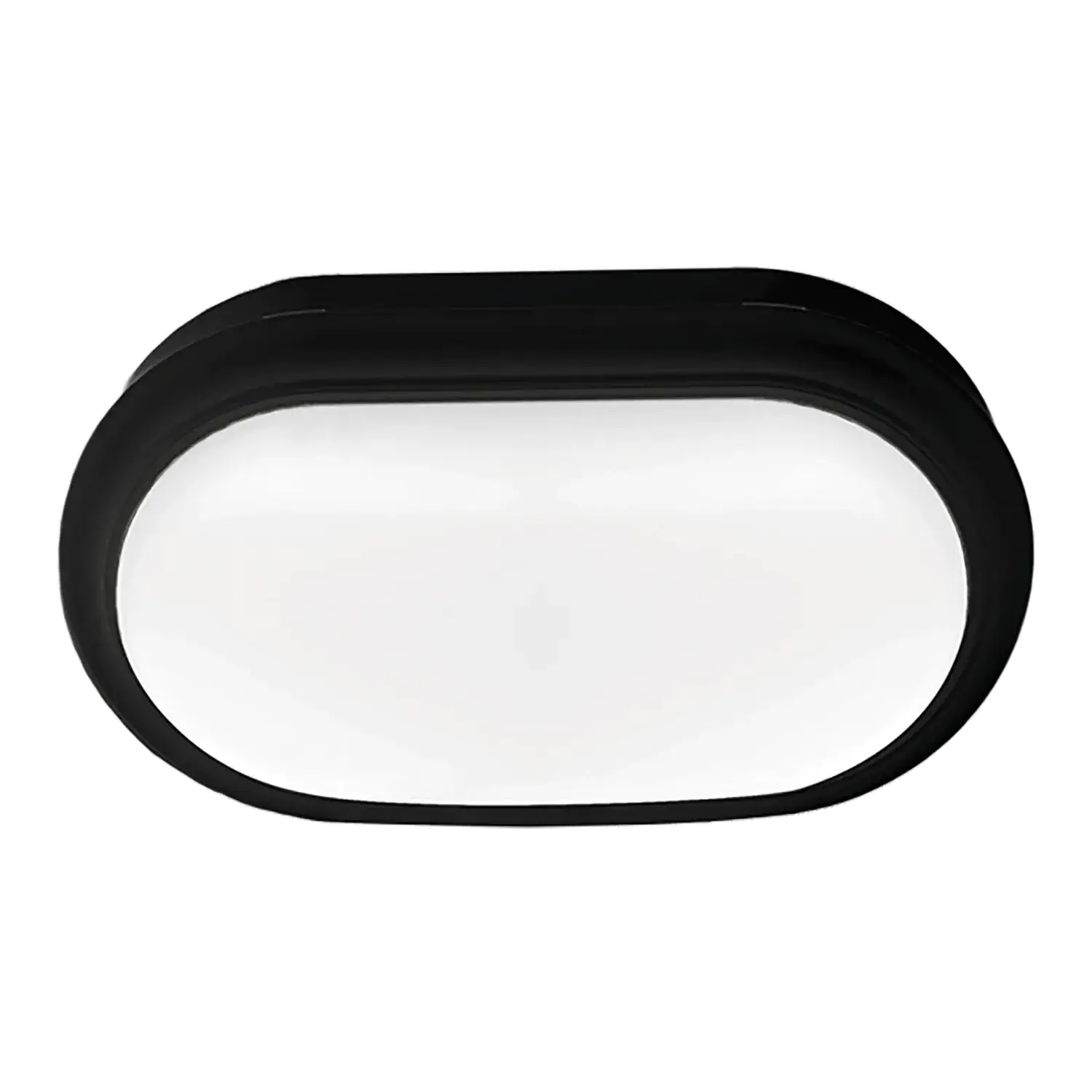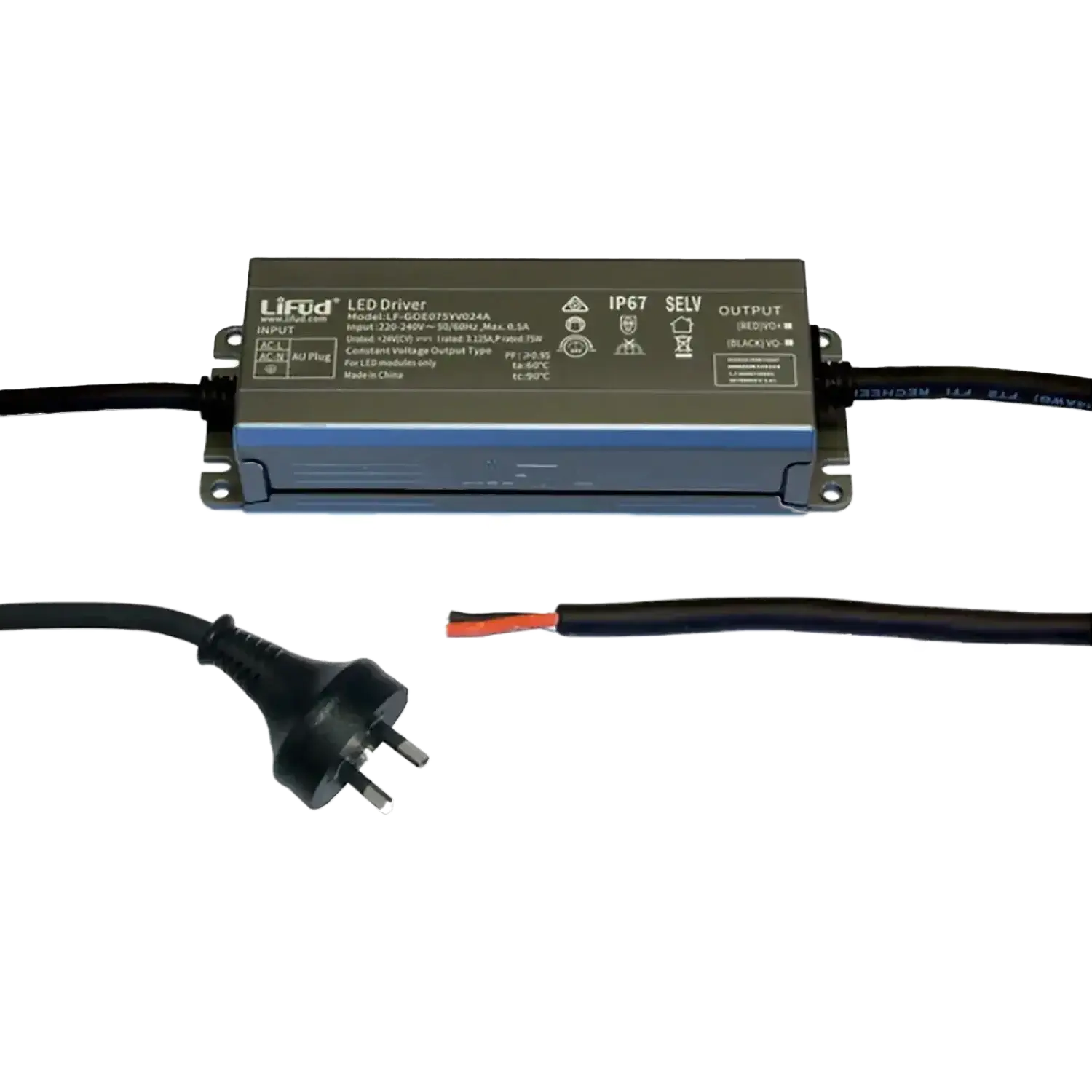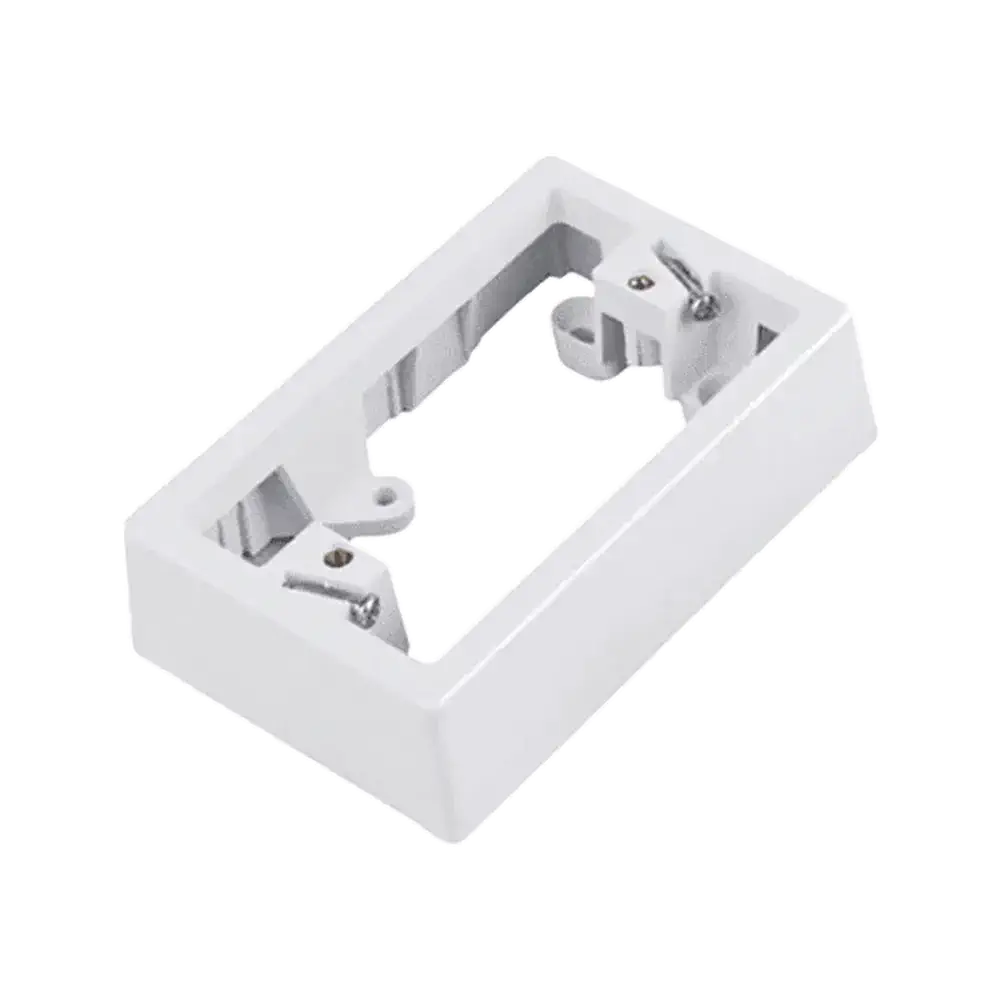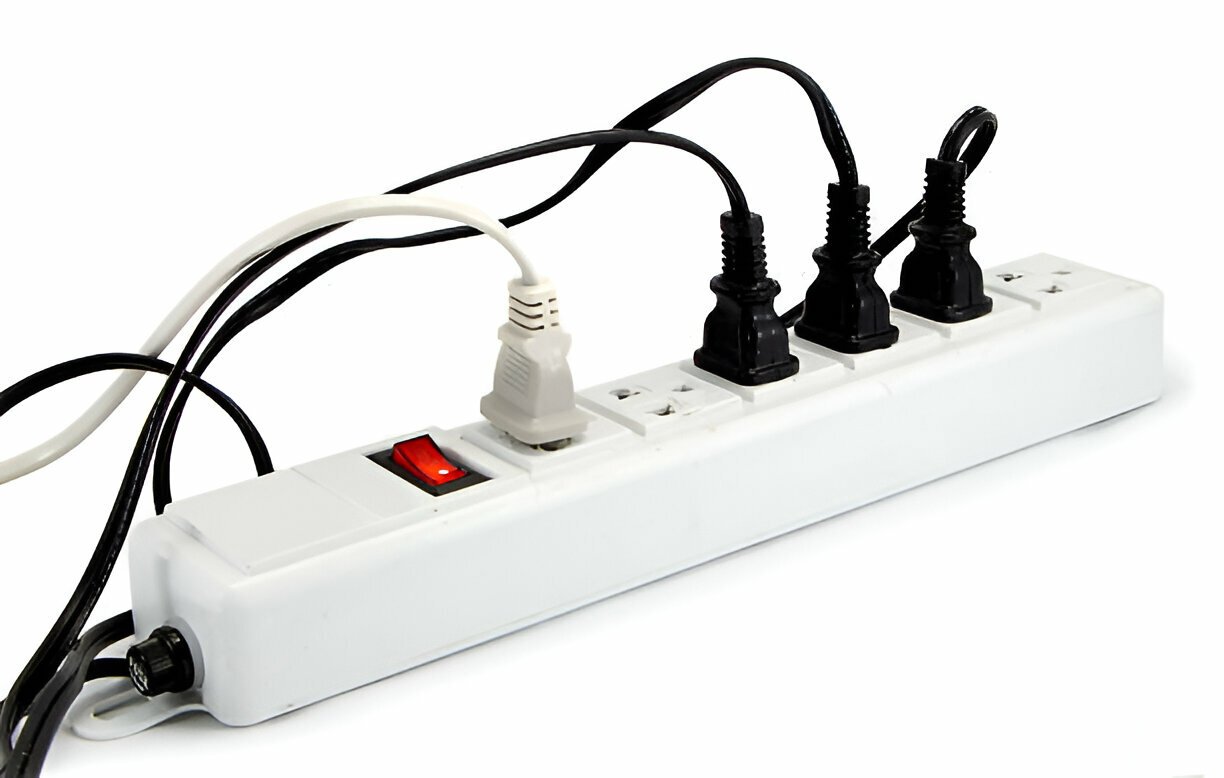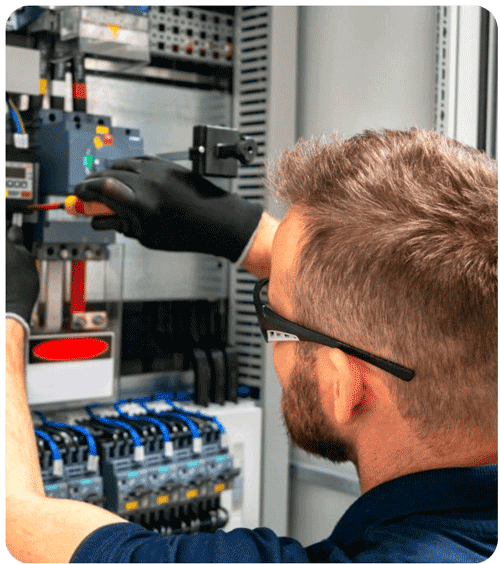Picking the right power board depends on many factors. They ensure safety, function, and compatibility with your needs. Here’s a guide to help you select the best power board:
1. Number of Outlets: Consider how many devices you need to plug in. Power boards come in various sizes with different numbers of outlets, ranging from 4 to 10 or more. Choose one that accommodates all your devices without overloading the board.
2. Outlet Spacing: Look for power boards that have at least one wide-spaced outlet. This is useful for accommodating larger power adapters or plugs that may otherwise block adjacent outlets.
3. Load Capacity: Check the power board’s maximum load capacity, usually measured in amps or watts. Ensure it can handle the total power draw of all devices connected to it. Avoid overloading the board to prevent overheating and electrical hazards.
4. Safety Features: Opt for power boards with essential safety features such as:
- Surge protection shields connected devices. It guards them from voltage spikes caused by lightning or surges.
- The board has Overload Protection. It includes a circuit breaker. The breaker trips if the load exceeds the board’s capacity. This prevents overheating and fire hazards.
- Choose boards made from high-quality, fire-resistant materials. They can be metal or flame-retardant plastics. These materials add safety.
5. Design and Build Quality: Consider the durability and construction of the power board. The casing is sturdy. Well-designed components ensure longevity and reliability. This is especially true for heavy-duty use in workshops or offices.
6. Additional Features: Look for extra features that enhance usability, such as:
- Illuminated On/Off Switch: Provides visibility and ease of operation.
- Cable Length: Choose a board with a sufficient cord length to reach your nearest power outlet without needing additional extension cables.
- Wall Mounting Options: Some boards are designed for easy wall mounting, which can save space and keep cords organized.
7. Compatibility: Ensure the power board is compatible with the electrical standards and plug types used in your region (e.g., in New Zealand, look for boards with AS/NZS 3112 certification).
8. Reviews and Ratings: Consider reading reviews and ratings from other users to gauge reliability, performance, and customer satisfaction with the power board you’re considering.
By considering these factors, you can select a power board that meets your specific requirements for safety, functionality, and convenience, ensuring reliable power distribution for your devices. Shop for power boards at our online store.
-
What are the common uses of power boards?
Power boards are used to expand the number of available electrical outlets in homes, offices, workshops, and other settings where multiple devices need to be powered simultaneously.
-
What safety features should I look for in a power board?
Safety features include surge protection, which protects devices from voltage spikes; overload protection, typically provided by a circuit breaker that trips if the total load exceeds the board’s capacity; and fire-resistant materials to prevent hazards.
-
How many devices can I plug into a power board?
The number of devices depends on the power board’s rating and the power consumption of the devices. It’s important not to exceed the maximum load capacity specified by the manufacturer to avoid overheating and hazards.





